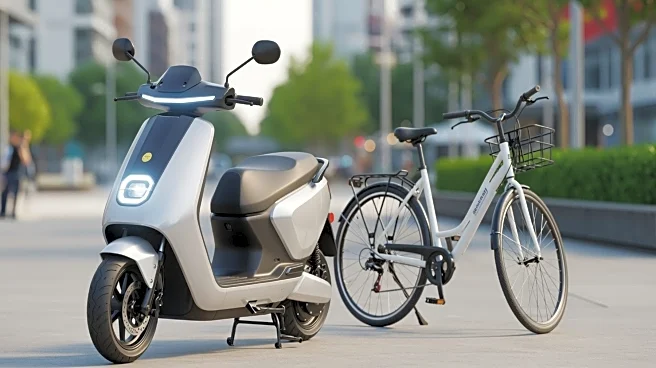What's Happening?
Kite Mobility, a tech startup based in Toronto, has successfully raised new capital to further develop its innovative vehicle-as-an-amenity business model. This approach involves placing vehicles conveniently
close to residents of multi-unit buildings, effectively making them accessible via an elevator ride. The company aims to enhance the convenience of short-term vehicle rentals by integrating them into residential living spaces. This funding will enable Kite Mobility to expand its operations and fleet, which includes the latest electric vehicles like the 2025 Lexus RZ. The initiative is part of a broader trend in urban mobility solutions that seek to reduce the need for personal vehicle ownership by offering shared mobility options.
Why It's Important?
The expansion of Kite Mobility's business model is significant as it reflects a growing shift towards shared mobility solutions in urban areas. By providing easy access to vehicles, the company addresses the increasing demand for flexible transportation options, particularly in densely populated cities where parking and vehicle ownership can be challenging. This model not only supports the adoption of electric vehicles by incorporating them into their fleet but also aligns with broader environmental goals by potentially reducing the number of vehicles on the road. The success of such initiatives could influence urban planning and transportation policies, encouraging more cities to adopt similar models to alleviate traffic congestion and reduce emissions.
What's Next?
With the new funding, Kite Mobility is expected to expand its presence in more urban areas, potentially partnering with real estate developers to integrate their service into new residential projects. The company may also explore technological advancements to enhance user experience, such as app-based vehicle access and real-time availability tracking. As the demand for sustainable and convenient transportation solutions grows, other companies might follow suit, leading to increased competition and innovation in the shared mobility sector. Stakeholders, including city planners and environmental groups, will likely monitor the impact of such models on urban mobility and sustainability goals.













